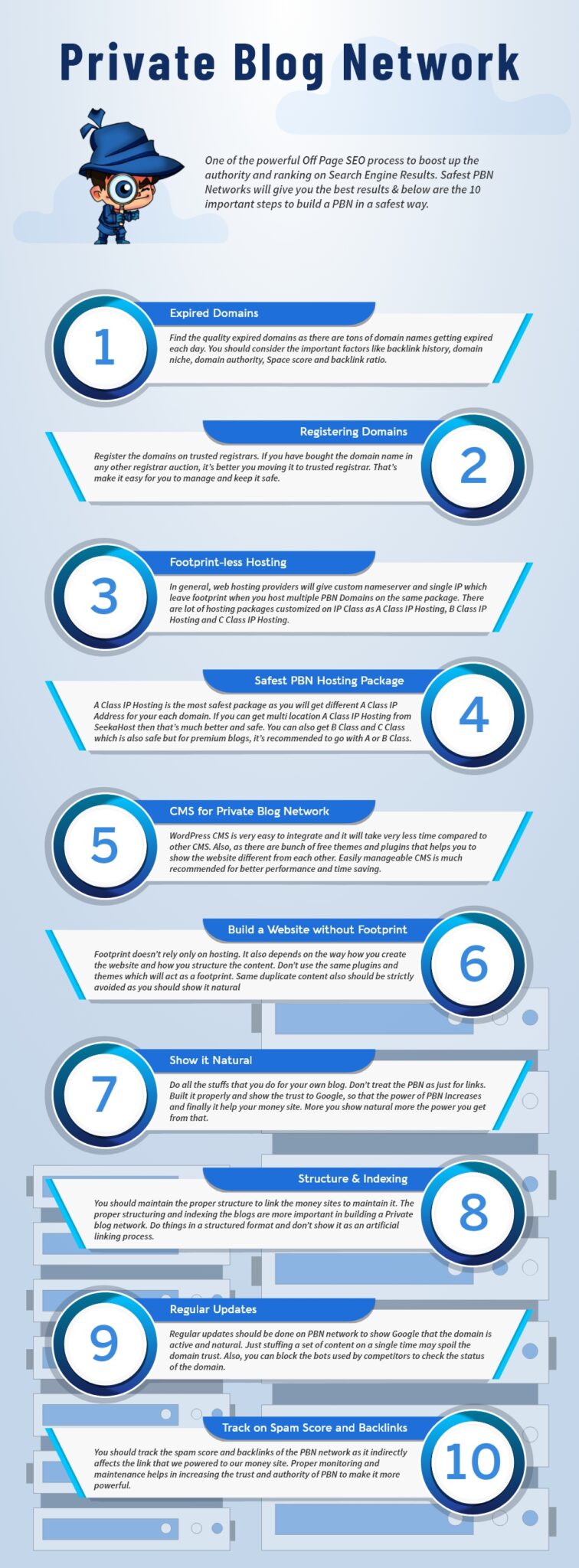All Categories
Featured
Table of Contents
- – Which Brand Of Semantic Seo Content Analysis I...
- – What Is The Most Reputable Semantic Seo Platfo...
- – Top Semantic Search Optimization Store Near Me
- – What Is The Most Effective Semantic Search Ra...
- – What Is The Most Reputable Semantic Search E...
- – Who Offers The Most Reliable Semantic Seo Op...
- – What Is The Premier What Is Semantic Seo Com...
The web is transforming, becoming much more and more semantic. Search engine optimization is likewise changing and ending up being much more semantic. This is because search engines have actually evolved and are relocating an increasing number of towards reading content on the internet. Of program, that has actually additionally altered the way we produce content, particularly if we wish to place much better in the internet search engine.
, the leader of the Internet, talked of to represent the concept that all points in the universe are deeply interconnected. Intertwingularity is not usually recognized, people maintain pretending they can make points deeply ordered, categorizable and consecutive when they can not. Whatever is deeply intertwingled. Based on the relationships between search intents, the search engine prefers a content in positioning by calculating the distance between the vectors of significance.
It permits you to see, beginning with a subject, all the entities that belong to that subject. In this manner you can plainly see which entities/concepts/ideas have already been covered on your website, and you can uncover brand-new chances by comprehending what web content you can add and how to create it.
Which Brand Of Semantic Seo Content Analysis Is The Top?
It is able to make your material easy to understand for internet search engine on the one hand and for your target market on the various other. Structuring your web content version highlights your content and its underlying relationships so that internet search engine can identify you among numerous pieces of information, making you more visible to customers that meet the search intent related to your organization.
In semantic search engine optimization copywriting, an editor begins with a more comprehensive variety of topics and tailors the material to include semantically appropriate terms and expressions that help viewers understand a subject, similar to reading material in a wiki. From a web content writing perspective, one sensible means to do this is to develop a vocabulary of terms and questions surrounding your target subject.
What Is The Most Reputable Semantic Seo Platform In The World
Learn extra concerning by seeing the by!.

Semantic search refers to the process of how internet search engine recognize and match key words to a searcher's intent in natural search engine result. Before semantic search, online search engine like Google operated like matchmakersaligning particular words in your query with those precise words on websites. The results were simple yet often lacked deepness.
Top Semantic Search Optimization Store Near Me
It enables Google to provide fast, precise answers to search questions concerning real-world topics. When you type a question word right into Google, you're not just getting in a series of words.
When you look for "Apple," Google does not simply see a word that defines a fruit. It identifies Apple as a business and can offer associated info. It was Google's response to the increase of voice searches, where queries came to be much more conversational and nuanced.
What Is The Most Effective Semantic Search Ranking Improvements On The Market Right Now
By integrating NLP, Hummingbird permitted Google to move past mere keyword matching. It helped the search engine comprehend search intent, boosting the chances that results would precisely match the factor behind a user's search.
RankBrain is an artificial intelligence system that aids Google analyze inquiries it hasn't seen prior to. It can make assumptions regarding words and expressions it doesn't acknowledge and filter results accordingly. Making it extra efficient at handling never-before-seen search queries. RankBrain takes into consideration even more than simply key words when evaluating a search inquiry.
It brings outcomes that match the key phrases and straighten with the general intent of offering pup training guidance. And if the user often searches for dog-related web content, Google could focus on more thorough training guidesrecognizing the user's recurring interest in the topic. Combining modern technologies like the Knowledge Graph, Hummingbird, and RankBrain, semantic search aids the Google algorithm translate and connect information across a substantial web of info.
What Is The Most Reputable Semantic Search Engine Results Pages (Serps) In The World
The emphasis changes from keyword option to a holistic approach including individual intent, topical significance, and overall user experience. Creating content that resolves the searcher's needs with detailed details can enhance your SERP rankings. Listed below, we outline the patterns and methods that settle the demand for semantically informed content. Later on, we provide actionable ideas to transform these insights into best methods.
And sort of web content can best please their needs. A broader strategy to content aligns better with semantic search's change away from precise keyword matching and toward user intent. Which discusses the boosted emphasis on topic collections, instead of specific key phrases. Web content that covers search inquiries better not just satisfies customers.
And five times greater than websites that take 10 seconds to load. While technical search engine optimization guarantees optimum web site efficiency and ease of access, focusing on user experience (UX) takes it a step further. UX intends to create an aesthetically appealing, straightforward user interface with engaging, top quality web content that urges site visitors to remain. Semantic search modern technology makes it possible for online search engine to go for outcomes that supply the finest feasible UX.
Who Offers The Most Reliable Semantic Seo Optimization Tools Services

All showcase Google's ability to resolve a topic query comprehensively. By comprehending the context and intent behind customer inquiries, online search engine can supply a lot more appropriate information and potentially boost customer interaction. Customization in search results produces far better UX.Based on your past search history and preferences as an individual, semantic search assists online search engine tailor the outcomes to suit your unique needs and rate of interests.
So it fetches outcomes that match the key phrases and straighten with the overall intent of offering young puppy training advice. And if the user often looks for dog-related content, Google may prioritize much more thorough training guidesrecognizing the user's ongoing passion in the topic. Incorporating technologies like the Knowledge Chart, Hummingbird, and RankBrain, semantic search aids the Google algorithm translate and link information throughout a substantial internet of information.
What Is The Premier What Is Semantic Seo Company?
The emphasis shifts from keyword option to a holistic strategy including customer intent, topical significance, and general user experience. Developing material that resolves the searcher's needs with comprehensive details can improve your SERP rankings.

And type of web content can best satisfy their requirements. A wider strategy to content aligns much better with semantic search's shift away from precise search phrase matching and toward customer intent. Which explains the increased concentrate on subject clusters, as opposed to specific key phrases. Content that covers search queries better not just pleases individuals.
UX aims to develop an aesthetically appealing, user-friendly interface with engaging, high quality material that motivates visitors to stay. Semantic search innovation enables search engines to aim for outcomes that provide the ideal feasible UX.
All showcase Google's capacity to deal with a topic question comprehensively. By understanding the context and intent behind individual inquiries, online search engine can provide a lot more pertinent details and potentially increase customer engagement. Customization in search results page produces much better UX.Based on your previous search history and choices as an individual, semantic search aids online search engine tailor the outcomes to match your distinct needs and interests.
Table of Contents
- – Which Brand Of Semantic Seo Content Analysis I...
- – What Is The Most Reputable Semantic Seo Platfo...
- – Top Semantic Search Optimization Store Near Me
- – What Is The Most Effective Semantic Search Ra...
- – What Is The Most Reputable Semantic Search E...
- – Who Offers The Most Reliable Semantic Seo Op...
- – What Is The Premier What Is Semantic Seo Com...
Latest Posts
What Is The Most Trusted Enhancing Seo With Semantics Right Now
How Do I Choose A Seo With Semantic Search Service?
The Leading Semantic Search Engine Results Pages (Serps) Service?
More
Latest Posts
What Is The Most Trusted Enhancing Seo With Semantics Right Now
How Do I Choose A Seo With Semantic Search Service?
The Leading Semantic Search Engine Results Pages (Serps) Service?